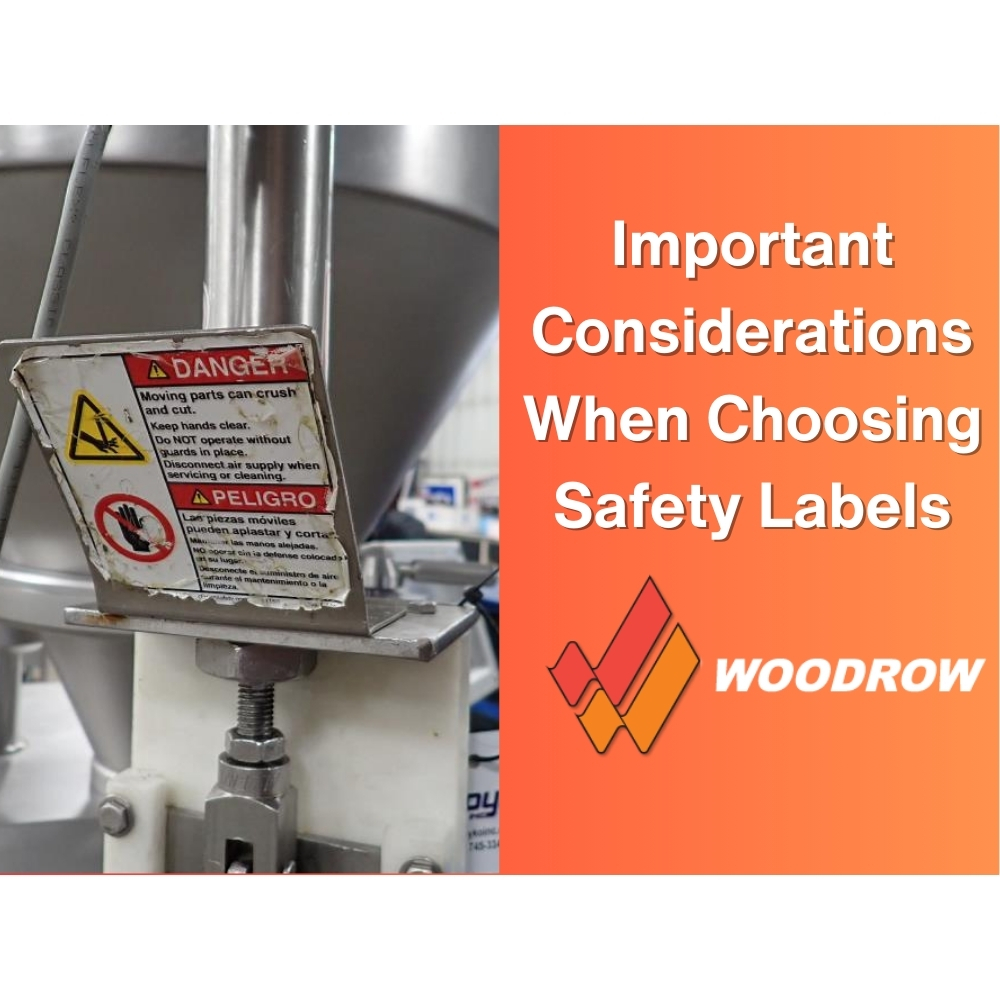
In any workplace, safety is paramount. One of the critical elements of maintaining a safe environment is the proper use of safety labels. These labels are crucial in communicating important information about hazards, precautions, and procedures to employees and visitors. However, with a wide variety of safety labels available, knowing what to look for when choosing the right ones for your work can be challenging. This post will explore the essential factors to consider when selecting safety labels.
Compliance:
The first and most critical factor is ensuring that the safety labels you choose to comply with relevant safety standards and regulations. Depending on your industry and location, specific requirements for the design, content, and placement of safety ensure compliance checks with regulatory bodies such as OSHA (Occupational Safety and Health Administration) or ANSI (American National Standards Instance) may exist.
Clarity and Visibility:
Safety labels should be clear, concise, and easily visible. Choose labels with bold, legible text and recognizable symbols or pictograms that convey the message quickly and effectively. Consider size, color contrast, and placement to ensure maximum visibility in various lighting conditions and distances.
Durability:
These labels are often exposed to harsh environments, including chemicals, UV exposure, and mechanical stress. Select labels made from durable materials such as vinyl, polyester, or metal that can withstand these conditions without fading, peeling, or becoming unreadable. Weather-resistant and chemical-resistant labels are essential for outdoor or industrial settings.
Adhesive Strength:
The adhesive should be strong enough to securely adhere to various surfaces, including metal, plastic, glass, and concrete. Look for labels with high-performance adhesives that provide long-lasting attachment without leaving residue or compromising readability.
Customizability:
Every workplace is unique, and the labels may need to be customized to address specific hazards or instructions. Choose a supplier that offers customization options such as personalized text, graphics, colors, and sizes to tailor safety labels to your requirements. Custom labels can enhance understanding and compliance among employees.
Regular Inspection and Maintenance:
Due to wear and tear, safety labels can degrade over time. Implement a routine inspection and maintenance schedule to check the condition of safety labels and replace any damaged or illegible labels promptly. This proactive approach ensures that safety information remains accurate and accessible.
By considering these key factors when choosing safety labels for your workplace, you can enhance safety awareness, reduce risks, and create a safer environment for everyone. Remember to stay updated on industry best practices and regulatory changes to ensure ongoing compliance and effectiveness of your safety labeling program.

